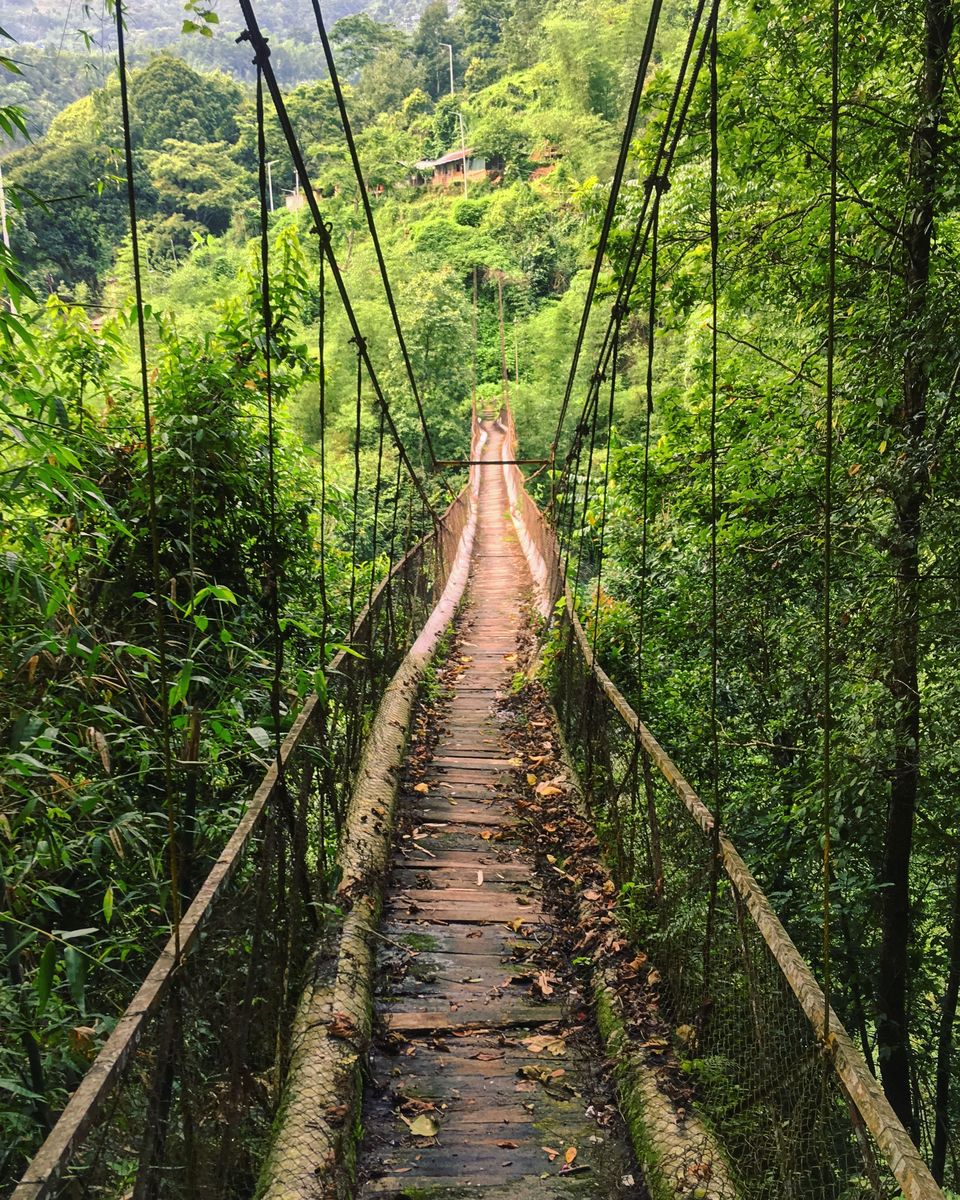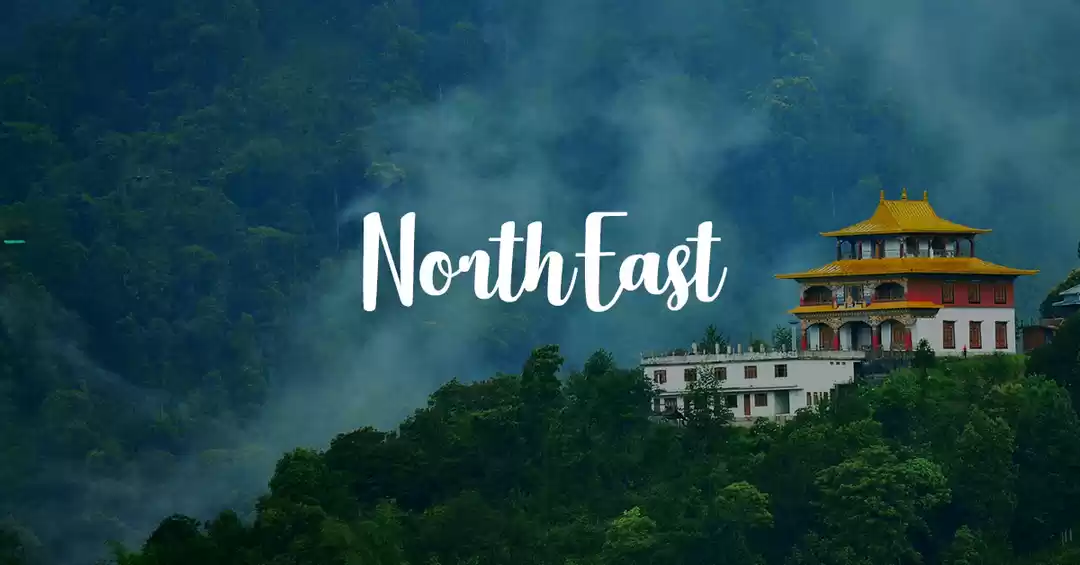
I come from a small city (erstwhile sleepy town) that goes by the name of Siliguri, situated in the eastern state of West Bengal. My city sits on the foothills of the Himalayas and is surrounded by dense forests and tea gardens. I’ve always bragged about my city’s proximity to the hill stations that adorn the surrounding mountains. Kurseong is just an hour away, and it takes only 3 hours to get to Darjeeling. As a kid I used to brave the chilling winters and head there all alone to spend time away from the city, and suck out all the marrow of life. As I grew up, I began discovering places in the surrounding hills. Places I hadn’t been to before and where very few locals had had the opportunity to venture.
But my recent exploits this year lead me to a place that was completely off the radar and minds of the Indian populous for over a century. This all started when I was going through a bad phase after quitting my full-time job as a content writer and was forced into preparing for civil services by my peers. One morning, as I was making my way through the general knowledge section of an online quiz, I came across this question, “Which was the first town in India to get electricity?” Since i’m not really a bright individual when it comes to GK and trivia, I generally go through these questions real quick by randomly hitting options or just by skipping them, but this question seemed very dubious to me, especially because Darjeeling was listed as an option. I selected Delhi and the correct answer was spat on my face by the website, it was Darjeeling! So I packed up my books for the day and started to do some research and figured out that Sidrapong Hydroelectric Power Station, located in the foothills of the Arya Tea Estate, in the West Darjeeling hills, was the first hydroelectric power station in Asia.
The next day I asked my brother to accompany me and we took my 110 cc scooter all the way to the hills. After crossing the famed Batasia loop, there is a diversion that leads downhill from Dali Monastery on Hill Cart Road. This was the direction that Google Maps had suggested as pointed out in the image below.

The road kept going downhill and every other pedestrian kept staring and smiling at us for some odd reason (we would find out why they were in a few hours).
We crossed Orange Valley Tea estate on our way downhill.

Then we came to a point where the roads started to look like this and we decided it was best to park our vehicle and take a walk instead.

The lower we went, the more wilderness we found.

And then finally, we came across these guard rails that lead us to the main reservoir.

And then....*drumroll*....tadah!

Sadly, it was getting late and we couldn't go all the way to the power station. Instead we went around it and found the water source and a century-old bridge too.



All that hiking took a toll on us but I was really fascinated as well as disappointed with this discovery. I had never heard of this place anywhere, and even the locals never mentioned this in any conversation. It felt like the governors of the land post 1947 had pushed this piece of heritage into oblivion, owing to their sheer ignorance towards the hills. I came back home and wrote a small piece on this issue and posted it on Instagram, here have a look:
So that's how I found myself in this desolate and bewildering place that was under my nose all this while. It was a bittersweet moment for me but at least we found a real treasure trove!

P.S. I urge travellers to not undertake any ventures here alone, without a local, as you run the risk of encountering wild insects and reptiles, and might even trip over algae and fall straight off the mountains. Also, the reason that the locals were staring and smiling at us, was because they knew that a 110 cc scooter wasn't enough to pull the both of us back uphill. Now don't embarrass me by asking how we made it back to the top! :D
























